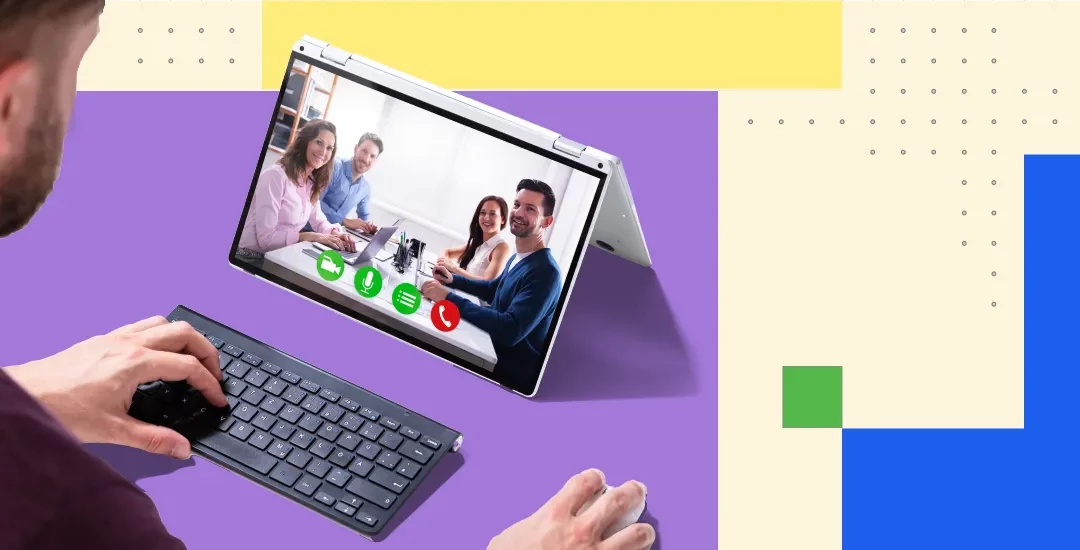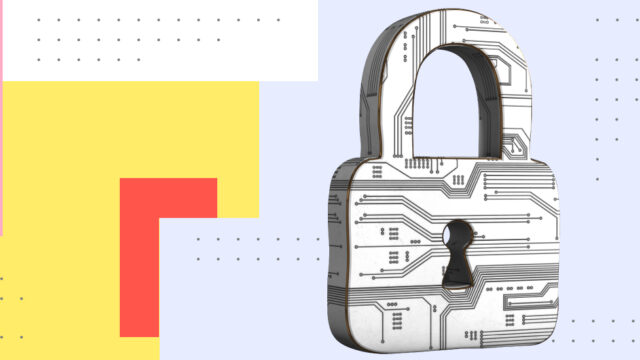
The Hybrid Accounting Office is Here – Are You Ready?
Why accounting firms are becoming so-called destination workplaces.
In December 2019, approximately 500 accounting and tax practice leaders went through a disruption map exercise at the Digital CPA Conference. Disruption maps allow leaders to play out the implications of change on specific business models and identify opportunities and challenges from those shifts. In this particular discussion, the overwhelming majority chose to focus on the impact of moving to remote work environments.
Little did anyone know, just four months after this exercise, we would all be thrown into one of the biggest social experiments we have experienced in modern times. The question of whether remote work works was put to the test, and answered.
The technology to facilitate remote work was readily available, though not all professionals were. Firms that had already invested in mobile hardware (e.g. laptops) and migrated to cloud-based technology were able to make the transition on a dime. Those still heavily invested in desktop- and server-based solutions struggled with moving their talent to the safety of their homes and maintaining the same level of productivity.
As we emerge from the pandemic era, we are seeing the residual effects of the changes we had to make. One change we can’t ignore is how people have placed renewed priority on work/life balance. For many, the realization that life can change in a minute means we can’t take time for granted. Pew Research found that “(64 percent) of those who are working from home at least some of the time, but rarely or never did before the pandemic, say it’s easier now for them to balance work with their personal life.”
As the accounting and tax professions are faced with an even tighter talent pipeline, leaders need to focus on ways to become a destination workplace, as talent management expert Josh Bersin calls it, to compete for the best and brightest. It is not all about compensation; it is about flexibility, wellbeing and career opportunities.
Different Remote Work Needs For Different Accountants
Not everyone is looking to work remotely 100 percent of the time. Some people miss seeing colleagues and clients in person, and want those opportunities to collaborate face-to-face when needed. This is why the focus for leaders is more on creating a hybrid, or blended, work environment. This model sees some staff work on-premise at an office and some work remotely, or they blend working from a remote location and on-premise.
This allows talent to make the choice to work the way that works best for them, and based on the project they are engaged in. Pew Research also found that ”(44 percent) say working from home has made it easier for them to get their work done and meet deadlines.… (while 10 percent) say it’s been harder to do this.”
Consultants from ConvergenceCoaching, a nationally recognized leadership and management consulting firm serving CPA and consulting organizations, point out the importance of focusing on “one size fits one” to engage talent. In place of establishing rigid schedules and policies that everyone has to follow, the team at ConvergenceCoaching emphasizes the strategy of making the schedule and arrangement fit the individual person.
ConvergenceCoaching has been surveying the profession on the adoption of an Anytime, Anywhere Work™ (ATAWW) environment since 2014. After years of studying the profession’s attitude toward remote work, Renee Moelders, partner at ConvergenceCoaching, noted, “It is a whole new game” in this post-pandemic world.
There are additional factors to consider. To make a hybrid work environment work for the long term, it takes intentionality and making further strategic, cultural, process and technology changes throughout the organization.
Focus on Accounting Culture
Many leaders are concerned their culture is being lost with staff working remotely. Instead of mandating that talent return to the office to retain the culture, ask yourself what portions of your culture you are concerned with losing.
Many firms don’t have this well-defined and struggle with articulating the tenets of their culture. Too often, it is organically formed, so with staff not in the office, the fear is the socialization, camaraderie and fun will come to an end.
Instead of creating ill will, or possibly creating turnover, by mandating talent return to the office, for even a couple days a week, spend time clearly defining the elements of your culture. Then collaborate with a subset, or all of your team, depending on the size of your firm, on ways those culture elements can be retained while allowing staff the flexibility to work where it best suits them.
To foster your culture in a remote and hybrid environment will take intentionality until it becomes a habit. You can still have “water cooler” conversations with people remotely. It just takes effort until you have established a new habit of reaching out via Teams, or whatever messaging tool you use, jumping on a video call that simulates stopping by someone’s cube. It will feel different, but the impact can be equivalent to an in-person experience.
Fully Employ Technology
Moelders points out the technology we have today doesn’t just allow you to choose where you work, but also when. Tools like Caseware Cloud let teams give everyone access to the same tool, same files, and collaboration functionality. It does take a revamp of the process and additional training to change behaviors and operate efficiently; this is required for any change.
If any technology is implemented and procedures are not reassessed, you are not fully using the new solution. Today, technology should be automating more work, eliminating steps and creating opportunities for further collaboration. To employ these tools requires the organization to evaluate current processes, become familiar with the technology, train the team, and, lastly, hold them accountable to following the new procedures.
Balancing Synchronous and Asynchronous Work
Work can take two distinct forms: Synchronous work involves everyone working together as a team. This can be done in person or virtually (i.e. conference and video calls). Asynchronous work sees us working independently, which also happens when collocated or working remotely.
In their efforts to foster collaboration while working remotely, many leadership teams forced too much synchronous work. To try to stay connected with remote team members, there was an overabundance of video meetings and bringing everyone together to work on a project. However, some projects are more efficiently completed in an asynchronous setting. In addition, some team members work better individually, asynchronously.
Innovation can be successfully accomplished in an asynchronous setting, though many leaders feel group meetings (virtual or in-person) are required, reports Gartner. They further point out that by forcing too many meetings, synchronous work can cause burnout as well. It is important to build processes that allow for both types while working anytime and anywhere.
All these movements were happening in the profession pre-pandemic, noted Moelders, but the pandemic accelerated them. The question is no longer, “Does remote work work?”, or “Is it here to stay?” – the answer is yes!
Now the question is, “How do we make it happen?” Accounting Today recognized the tool “Remote and Blended Work How-To Videos” in their 2022 Top New Products as a way to help firms make the shift and overcome objections. Leaders have the opportunity to define the “next better,” work environment, as ConvergenceCoaching partner and co-founder Jen Wilson calls it. It is time to get intentional about it.








